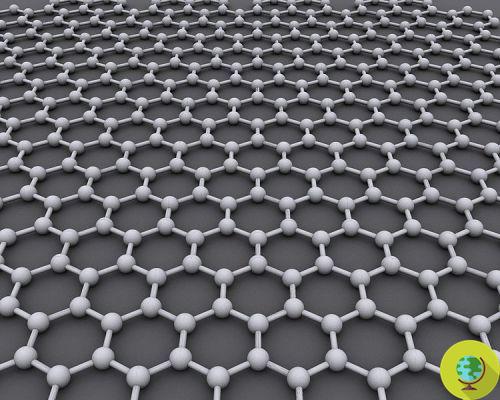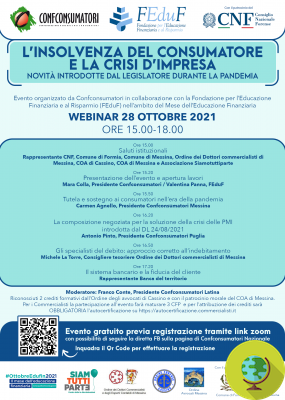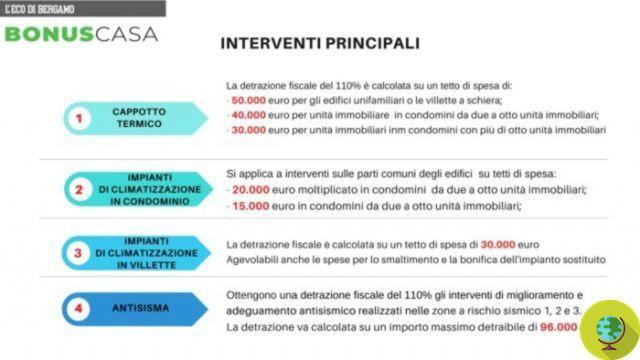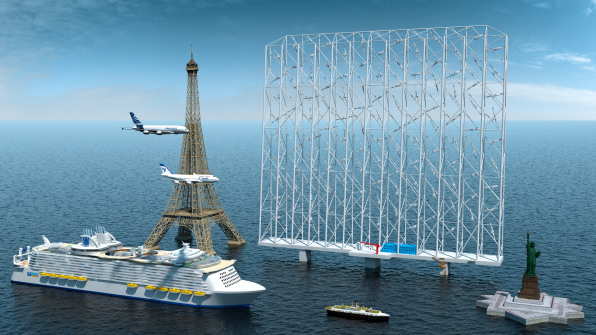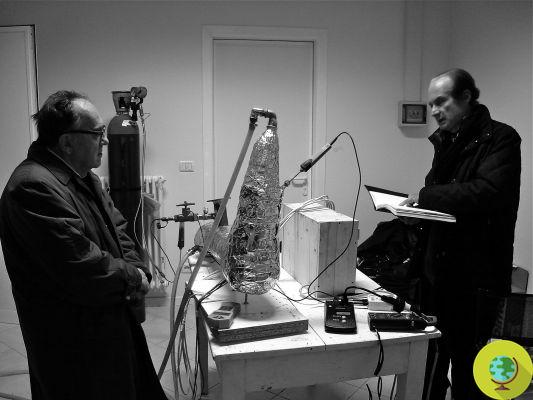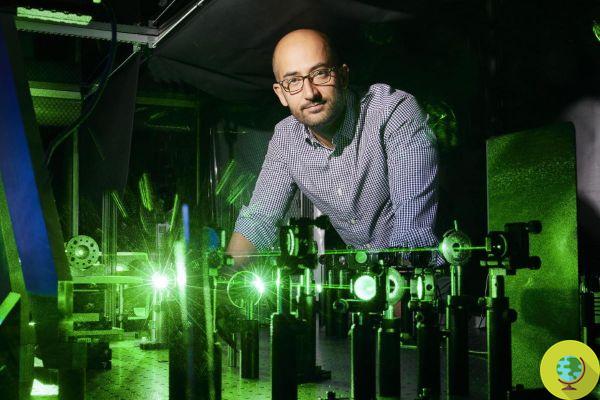
A team of scientists has created in the laboratory a device capable of realizing superconductivity at room temperature
He is about to end up run over, his mother saves himSuperconductivity can also exist at room temperature: for the first time in history, a team of scientists from the University of Rochester and the University of Nevada (USA) has created in the laboratory a device capable of realizing the real breakthrough in energy efficiency .
A diamond anvil cell, a small, portable and commonly used research device, which allows the compression of small materials at extreme pressures, is able to recreate superconductivity at room temperature, with potential huge applications in the field of energy efficiency.
The phenomenon has been verified in the laboratory, therefore far from industrial applications, but the discovery has implications for the way in which energy is stored and transmitted: one day, perhaps not too far away, it could change the way in which technological devices, from laptops to MRI equipment, they are powered, but also the way people and goods are transported and how the whole of society functions.
La superconductivity it is a quantum phenomenon such that the current of energy passing through a circuit is conducted infinitely and perfectly, without loss of power because of zero resistance. A panacea for all "energy evils".
Copper is currently used as a conductor which does indeed exhibit low resistance compared to other metals, but still not zero. In other words, when the current, which is nothing more than a flow of electrons, passes through the cable, a sort of friction is generated between the electrons and the walls of the cable, which causes the system to overheat and therefore to disperse part of the energy in the form of heat.
Scientists first observed the phenomenon in 1911 but only a very low temperatures, very close to the so-called absolute zero (-273 ° C, reached which in theory the matter disappears), which made the phenomenon little more than a scientific curiosity with very few real applications.
"Due to the limitations of low temperature, materials with such extraordinary properties have not completely transformed the world in the way many could have imagined - reports Ranga P. Dias, co-author of the work - However, our discovery will break down these barriers and open brings it to many potential applications ".
As early as 1968, scientists suggested that metallic hydrogen, accessible at very high pressures, could be the key ingredient to discovering superconductivity at room temperature or above. And now we actually know it's right there pressure one of the keys.
In fact, the team synthesized a hydrogen-containing molecule, of the chemical formula CH8S, then used the diamond anvil cell until finding the space of temperature and pressure at the right combination that would have brought it first in a metallic state, then to become a superconductor, obtaining the maximum result at a temperature of 15 ° C and a pressure of 267 GPa (over 2 and a half million atmospheres).
Under these pressure conditions, comparable to that in the nucleus of gas giants such as Jupiter, among other things, metallic hydrogen is also expected to be a superconductor and to cause sound to travel almost to the recently discovered maximum limit (67 km / s). ).
Discover the maximum speed of sound. I study
"It is a revolutionary turning point - explains Ashkan Salamat, another co-author of the research - The discovery is new, the technology is in its infancy and represents a vision of tomorrow, but the possibilities are endless. This may revolutionize the energy grid and change any electronically operated device ".
Superconductivity at room temperature would allow current to flow through a closed loop forever, meaning no energy would be lost and it could travel enormous distances and arrive virtually intact at its destination.
The dream of perfect energy grid it could come true.
The work was published in Nature.
Sources of reference: University of Nevada / Nature
Read also:
- MIT and ENI together for unlimited clean energy
- Rare earths, because they are the new oil of our age (and China's treasure)







